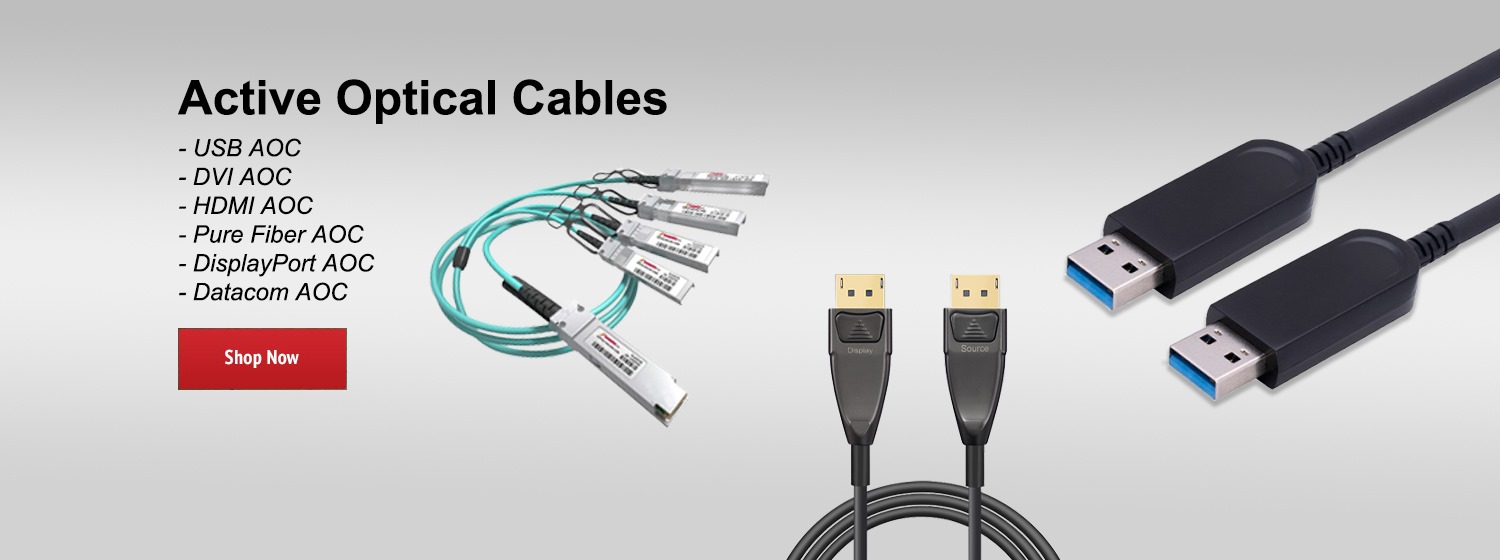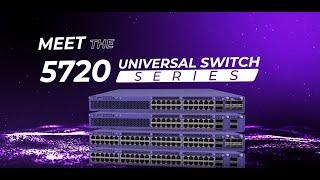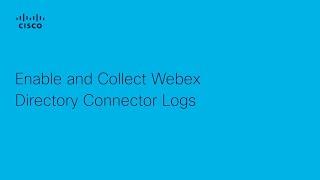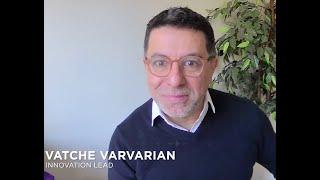The Pinnacle Awards are Cisco’s top recognition, honoring contributions furthering Cisco’s legacy of technical innovation. Velocity Impact Award winner, Sherlock (TAC AI), share their innovation.
DAVID WHITE: So Sherlock is Cisco's first humanoid, and it was designed to be a digital TAC engineer. It can solve any problem that a TAC engineer can solve.
KEVIN MCCABE: Our customers interact with TAC millions of times a year, and those customers often need very quick answers to their problems.
DAVID WHITE: Sherlock does this by accepting TAC cases and working them from understanding the problem, diagnosing it, to providing a solution to the customer, and then closing out that TAC case.
MAGNUS MORTENSEN: The start of Sherlock was really around a need for massive outreach to customers around support experiences, and we started to build a system and realized we could add AI and NLP around that system to create something that is truly revolutionary for TAC.
DAVID WHITE: So we called Sherlock a humanoid because it's different from a bot, where a bot has a series of commands that you can ask or actions that you can do and it'll respond back to that. With Sherlock, it's trained with natural language, so it parses the natural language that a customer uses to ask a question, and it responds back in a way that is just like a human responding. Sherlock is unique in the fact that it's a blend of AI ML plus human oversight and overwatchers to make sure that we never give a wrong answer. In the beginning, when Sherlock is still learning, there's a lot of overwatch that happens, but after it takes about 50 to 100 cases, there's very limited oversight. So the more cases, we get, the more responses we have, our accuracy improves, and the less overwatch or oversight that we need. Sherlock's ML brains always return a percent prediction and how accurate it believes that prediction is, and so any time it doesn't feel confident in it's answer, it will bring in a human, and then as soon as a human responds to that question, Sherlock takes that and retrained its brain, so it now knows the accurate answer to that question, so it's constantly learning. The business outcome, so far, is Sherlock has handled 420,000 TAC cases, saving millions of dollars. In fact, if we turned off Sherlock tomorrow, we'd have to hire over 530 TAC engineers just to do the work that Sherlock does every single day. And so we were down 70% in the Bangalore center from a TAC engineer perspective for a period of about a month because of, really, the ravaging effects of COVID.
KEVIN MCCABE: And Sherlock was able to jump in and meaningfully help out with our customers there and help out that work while they were out. The Sherlock team is a team that formed, really, organically, but we're also almost not even a team. We don't report to the same managers. We happen to just have the same passion for TAC innovation and improving the customer experience.
MAGNUS MORTENSEN: It's unlocked a lot of opportunities for us to try new things. We have folks dabbling in machine learning, we have folks working on process orchestration, and all these are things that are going towards the goal of automating these different workflows for TAC.
DAVID WHITE: And it's our side pet project. It's not our primary job for any of the people on the seven-person team, and that's what I think is truly incredible.
DAVID WHITE: So Sherlock is Cisco's first humanoid, and it was designed to be a digital TAC engineer. It can solve any problem that a TAC engineer can solve.
KEVIN MCCABE: Our customers interact with TAC millions of times a year, and those customers often need very quick answers to their problems.
DAVID WHITE: Sherlock does this by accepting TAC cases and working them from understanding the problem, diagnosing it, to providing a solution to the customer, and then closing out that TAC case.
MAGNUS MORTENSEN: The start of Sherlock was really around a need for massive outreach to customers around support experiences, and we started to build a system and realized we could add AI and NLP around that system to create something that is truly revolutionary for TAC.
DAVID WHITE: So we called Sherlock a humanoid because it's different from a bot, where a bot has a series of commands that you can ask or actions that you can do and it'll respond back to that. With Sherlock, it's trained with natural language, so it parses the natural language that a customer uses to ask a question, and it responds back in a way that is just like a human responding. Sherlock is unique in the fact that it's a blend of AI ML plus human oversight and overwatchers to make sure that we never give a wrong answer. In the beginning, when Sherlock is still learning, there's a lot of overwatch that happens, but after it takes about 50 to 100 cases, there's very limited oversight. So the more cases, we get, the more responses we have, our accuracy improves, and the less overwatch or oversight that we need. Sherlock's ML brains always return a percent prediction and how accurate it believes that prediction is, and so any time it doesn't feel confident in it's answer, it will bring in a human, and then as soon as a human responds to that question, Sherlock takes that and retrained its brain, so it now knows the accurate answer to that question, so it's constantly learning. The business outcome, so far, is Sherlock has handled 420,000 TAC cases, saving millions of dollars. In fact, if we turned off Sherlock tomorrow, we'd have to hire over 530 TAC engineers just to do the work that Sherlock does every single day. And so we were down 70% in the Bangalore center from a TAC engineer perspective for a period of about a month because of, really, the ravaging effects of COVID.
KEVIN MCCABE: And Sherlock was able to jump in and meaningfully help out with our customers there and help out that work while they were out. The Sherlock team is a team that formed, really, organically, but we're also almost not even a team. We don't report to the same managers. We happen to just have the same passion for TAC innovation and improving the customer experience.
MAGNUS MORTENSEN: It's unlocked a lot of opportunities for us to try new things. We have folks dabbling in machine learning, we have folks working on process orchestration, and all these are things that are going towards the goal of automating these different workflows for TAC.
DAVID WHITE: And it's our side pet project. It's not our primary job for any of the people on the seven-person team, and that's what I think is truly incredible.
- Category
- Cisco
Be the first to comment






